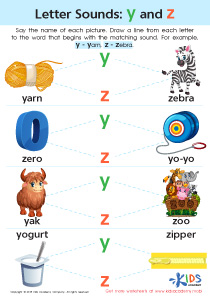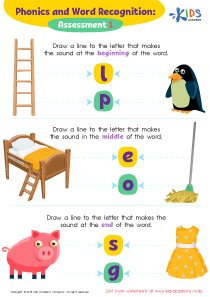Normal Middle Sounds Worksheets for Ages 4-9
3 filtered results
-
From - To
Discover our engaging Normal Middle Sounds Worksheets designed for ages 4-9! These expert-crafted activities enhance phonemic awareness by helping children identify and pronounce the middle sounds in words. Ideal for early readers, our worksheets feature colorful images and fun exercises that make learning enjoyable. Each worksheet focuses on practicing common vowel sounds, reinforcing foundational reading skills essential for fluency. Perfect for classroom or at-home use, parents and teachers can easily integrate these worksheets into any learning routine. Help your child master middle sounds with our interactive and educational resources!
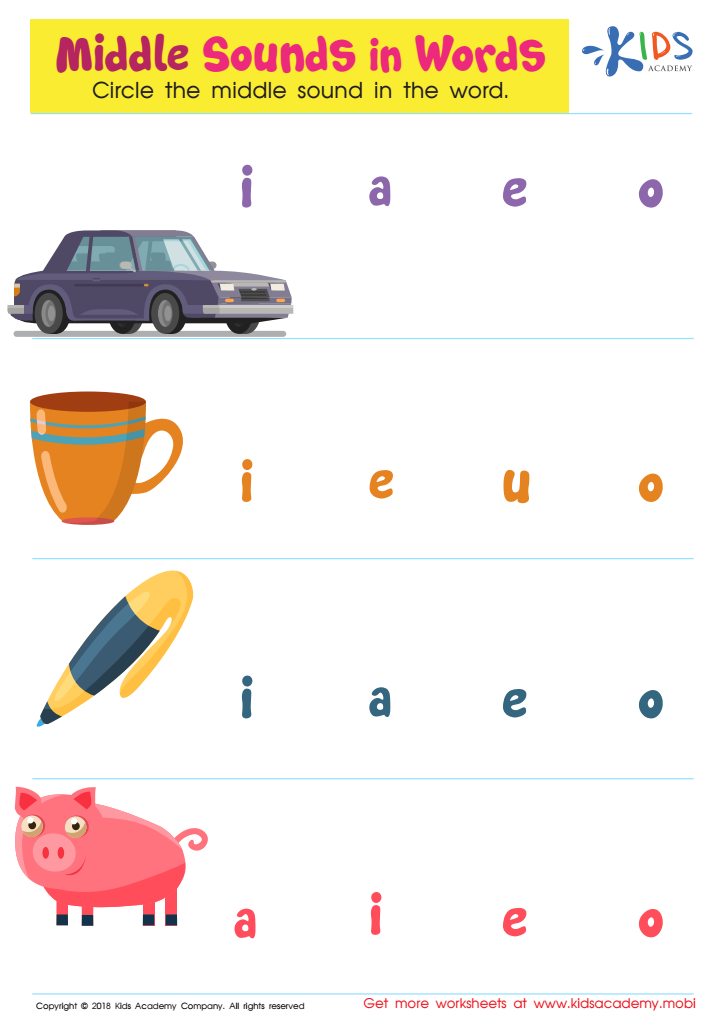

Middle Sounds in Words Worksheet
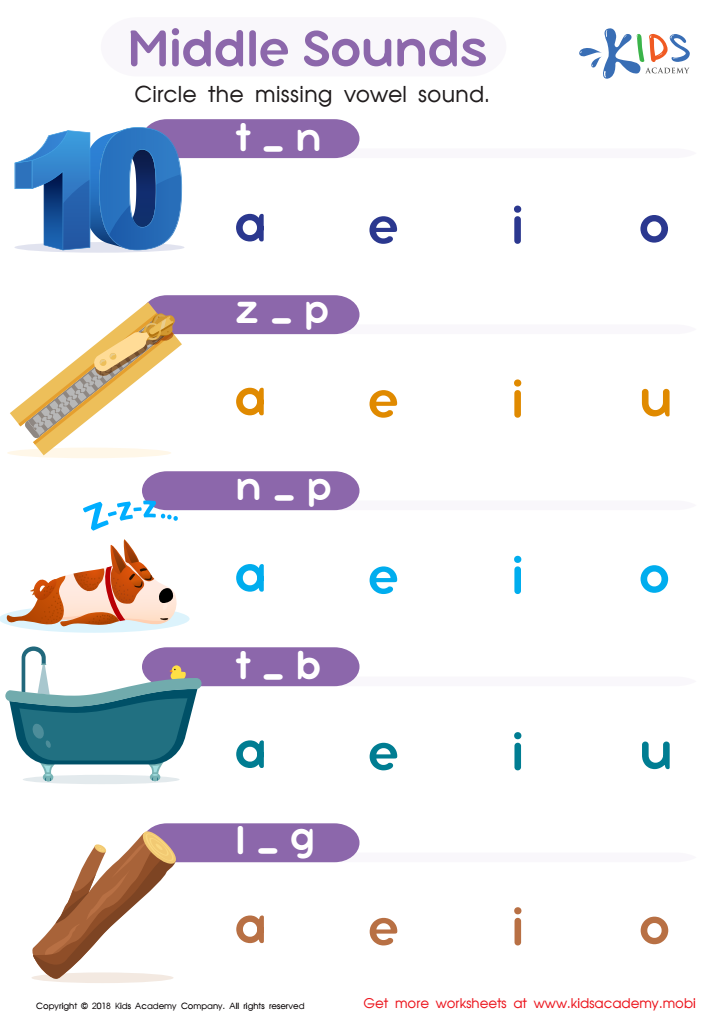

Middle Sounds Worksheet
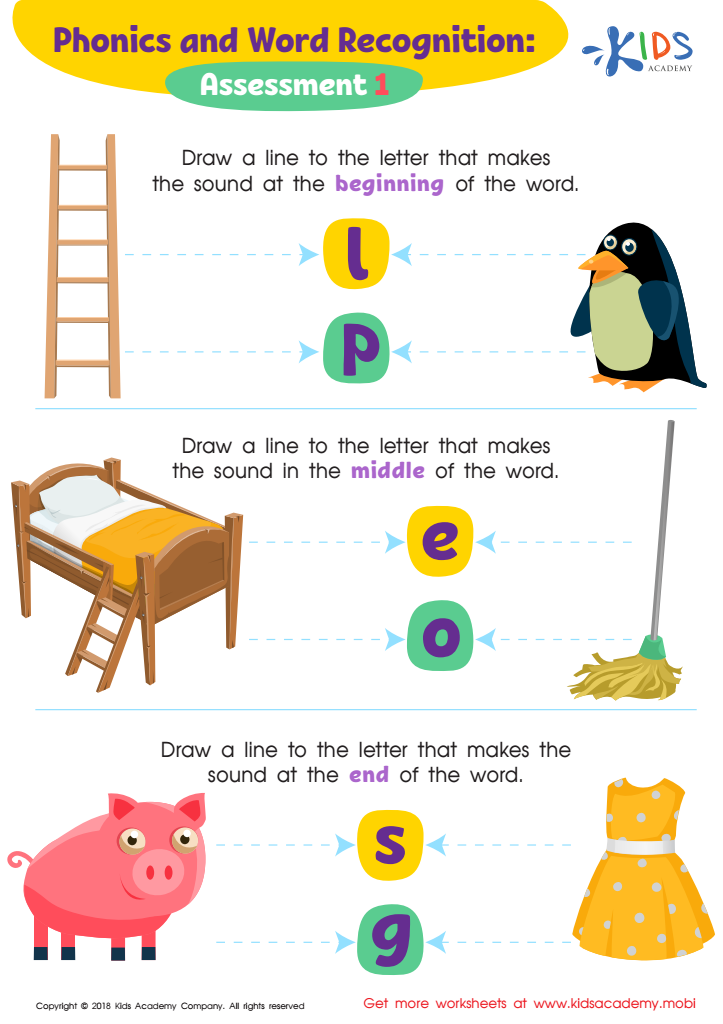

Phonics and Word Recognition: Assessment 1 ELA Worksheet
Normal Middle Sounds, which refer to the short vowel sounds typically found in the middle of words (such as "a" in "cat" or "e" in "bed"), are crucial for children ages 4-9 who are developing foundational literacy skills. Mastery of these sounds is essential for several reasons:
-
Reading and Spelling: The ability to recognize and pronounce middle sounds enables children to decode words effectively. This skill is essential for reading fluency and comprehension. Additionally, accurate spelling relies heavily on understanding these vowel sounds to form words correctly.
-
Phonemic Awareness: This awareness is critical for early reading proficiency. Middle sounds are a significant component of phonemes, the smallest units of sound in speech. Understanding and distinguishing these sounds help children in blending sounds to create words and segmenting words into individual sounds.
-
Confidence and Motivation: Early success in reading and writing fosters a child's confidence and motivation to engage with more complex texts and writing tasks. Understanding and mastering middle sounds contribute significantly to these early successes, promoting a positive learning trajectory.
-
Speech Development: Proper articulation of middle sounds is crucial for clear speech. It reduces the risk of mispronunciations that could potentially hinder communication and peer interactions.
By ensuring children develop a solid grasp of normal middle sounds, parents and teachers lay a robust foundation for future academic and personal success.

 Assign to the classroom
Assign to the classroom



